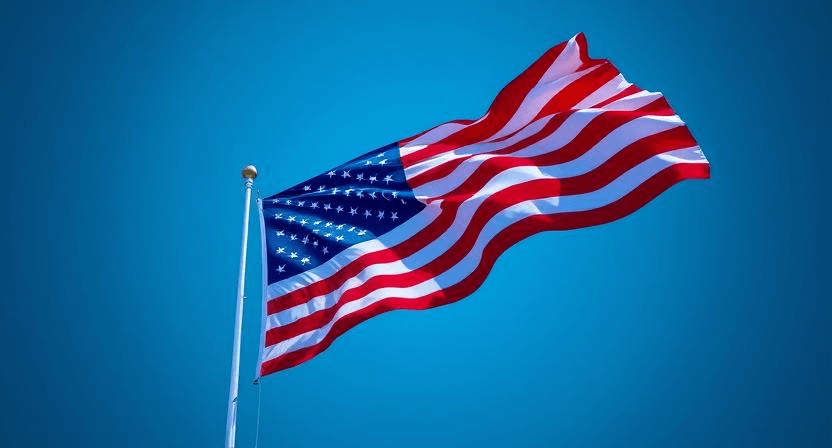From OEM to Global Brand: How U.S. Trademarks Empower Cross-Border Sellers to Scale Up
 Pain Points Introduction:
Pain Points Introduction:
OEM once served as the backbone for Chinese cross-border sellers. But today, razor-thin margins, high product substitutability, and dependency on third-party platforms are proving unsustainable. When a best-selling product on Amazon is swarmed by dozens of lookalike sellers, the resulting price war is a brutal reflection of the OEM model’s limits.
The Core of Transformation: The U.S. Trademark—Your Passport and Shield for Going Global
Legal Foundation:
Registering your brand with platforms like Amazon Brand Registry or Walmart unlocks key features such as A+ Content, Brand Stores, and protection against unauthorized sellers—establishing a competitive moat.
Trust Signal:
The ™️/®️ trademark symbols boost consumer trust and enhance your brand’s perceived professionalism—laying the groundwork for premium pricing.
Asset Accumulation:
A trademark turns intangible goodwill into a legally protected brand asset, paving the way for long-term business value.
A Practical Six-Step Playbook to Build Your Global Brand
1. Strategic Positioning and Naming
-
Start with a deep dive into unmet customer needs and market gaps (e.g., North American outdoor enthusiasts seeking lightweight, durable gear).
-
Ensure your brand name is culturally appropriate, easy to remember, and eligible for registration (pre-screen via the USPTO trademark database).
2. Trademark Registration and Portfolio Planning
-
Prioritize key classes: Focus on relevant Nice classifications (e.g., Class 25 for apparel, Class 9 for electronics).
-
Registration roadmap: Conduct a professional clearance search → File application (via USPTO or trademark attorney) → Respond to office actions → Monitor opposition period → Maintain your registration.
-
Risk alert: Beware of “guaranteed approval” promises. Always preserve usage evidence (product images, listings) to avoid non-use cancellation.
3. Build a Strong Brand Identity
-
Create a unique logo, color palette, and visual language (e.g., Anker’s deep blue tech look).
-
Maintain consistent branding across packaging, websites, and social media to reflect professionalism.
4. Craft Content That Tells Your Brand’s Story
-
Move beyond specs: Use your website and product pages to tell your brand story, design philosophy, and core values (eco-friendly? minimalist aesthetics?).
-
Invest in content marketing: Share expert insights via blogs or short-form videos (TikTok/YouTube Shorts) to build emotional resonance with your audience.
5. Deepen Channel Presence and User Engagement
-
Platform branding: Use Amazon’s brand tools to craft immersive shopping experiences.
-
Go direct-to-consumer: Launch your own DTC site (via Shopify) to collect first-party data and reduce reliance on platform rules.
-
Community building: Run Facebook/Instagram communities, encourage user-generated content, and nurture brand ambassadors.
6. Marketing-Driven Growth
-
Targeted advertising: Use Google/Facebook Ads to reach niche audiences and amplify brand awareness.
-
Influencer collaborations: Partner with micro-influencers in verticals (e.g., gardening bloggers for garden tools) to drive authentic conversions.
-
Data-led decisions: Continuously analyze user behavior and feedback to refine product features and marketing strategies.
Warnings and Opportunities
Infringement Risks:
Ensure originality in product design, copywriting, and imagery. Avoid patent and copyright violations. Regularly monitor the market and take timely enforcement actions.
Long-Term Commitment:
Brand building is not an overnight task—it demands sustained investment in product innovation and customer relationships.
Localization:
Understand U.S. consumer culture and expectations (e.g., liberal return policies), and optimize your customer experience accordingly.
Conclusion: From "Made in China" to "Brand from China" — It Starts with the Trademark
A U.S. trademark is far more than a legal symbol. It’s the strategic pivot that allows Chinese sellers to escape the price wars of OEM, build lasting brand equity, and earn global respect. With trademarks as your shield, products as your spear, and storytelling as your core, you’re ready to compete not just on price—but on value.
Branding is no longer optional—it’s the survival imperative of cross-border commerce.
There has never been a better time to make the leap.
Practical Toolkit
-
Trademark Search: USPTO TESS Database
-
Infringement Monitoring: Brandshield, Red Points
-
Brand Design Platforms: 99designs, Fiverr
-
DTC Website Builders: Shopify, BigCommerce
-
Social Media Management: Hootsuite, Buffer
Share this page
